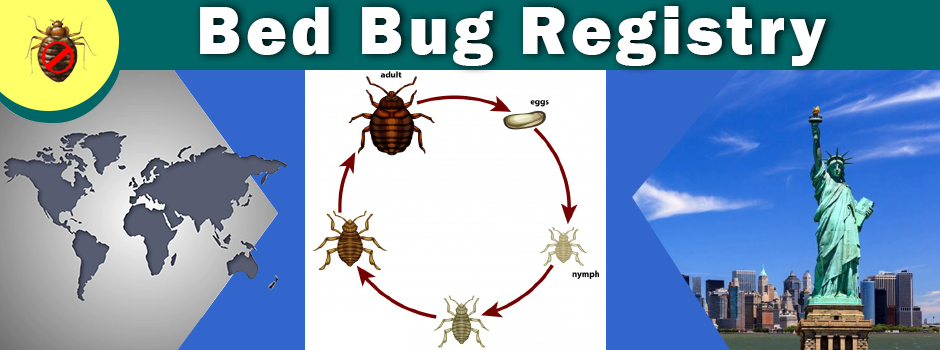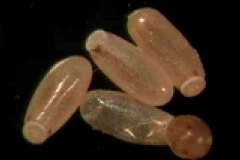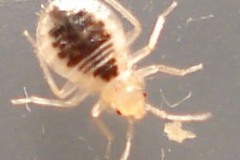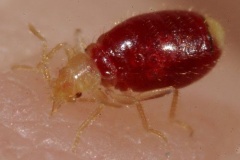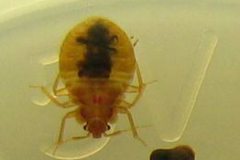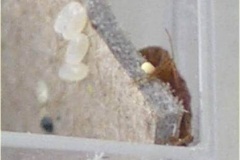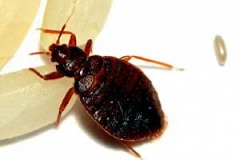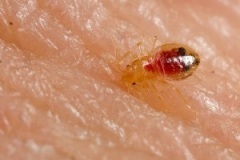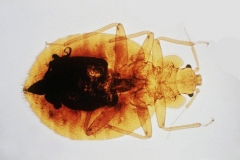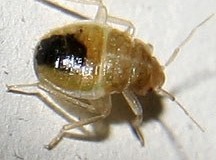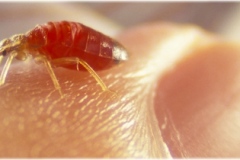Recent Requests for Insect Removal and Treatment Services in Yukon, Oklahoma
Project Location: Yukon, OK 73099
Date: 12/2018
What kind of location is this?: Home/Residence
Is this an emergency?: Yes
Request Stage: Ready to Hire
Desired Completion Date: Timing is flexible
Comment: Older house
Project Location: Yukon, OK 73099
Date: 11/2018
What kind of location is this?: Home/Residence
Type of Insects: Fleas
Is this an emergency?: No
Type of Control Service: One time extermination
Square footage of home:: 1,000 - 2,000
Request Stage: Planning & Budgeting
Desired Completion Date: Timing is flexible
Project Location: Yukon, OK 73099
Date: 11/2018
What kind of location is this?: Home/Residence
Is this an emergency?: No
Request Stage: Planning & Budgeting
Desired Completion Date: Timing is flexible
Project Location: Yukon, OK 73085
Date: 11/2018
What kind of location is this?: Home/Residence
Type of Insects: Cockroaches, Other
Is this an emergency?: No
Request Stage: Planning & Budgeting
Desired Completion Date: Within 1 week
Comment: Have a 2 bath 3 bedroom duplex we have bed bugs and roaches. Elderly ladies on a fixed income
Project Location: Yukon, OK 73099
Date: 11/2018
What kind of location is this?: Home/Residence
Type of Insects: Ants, Bees, Hornets or Wasps
Is this an emergency?: No
Type of Control Service: One time extermination
Square footage of home:: 1,000 - 2,000
Request Stage: Planning & Budgeting
Desired Completion Date: 1 - 2 weeks
Comment: I would like to get an estimate for
Project Location: YUKON, OK 73099
Date: 10/2018
What kind of location is this?: Home/Residence
Type of Insects: Fleas
Is this an emergency?: No
Type of Control Service: One time extermination
Square footage of home:: 1,000 - 2,000
Request Stage: Planning & Budgeting
Desired Completion Date: Within 1 week
Comment: pest control bugs and insects
Project Location: Yukon, OK 73099
Date: 10/2018
What kind of location is this?: Home/Residence
Is this an emergency?: No
Request Stage: Ready to Hire
Desired Completion Date: Timing is flexible
Comment: Flea pest control
Project Location: Yukon, OK 73099
Date: 10/2018
What kind of location is this?: Home/Residence
Is this an emergency?: No
Request Stage: Planning & Budgeting
Desired Completion Date: Timing is flexible
Comment: I need someone to come and get rid of the roaches we have in my moms house. We have done everything possible and cant get rid of them.
Project Location: Yukon, OK 73099
Date: 10/2018
What kind of location is this?: Home/Residence
Type of Insects: Mosquitos
Desired Project Start Date: Unsure about timing
Comment: mosquitos.
Project Location: Yukon, OK 73099
Date: 10/2018
What kind of location is this?: Home/Residence
Is this an emergency?: No
Type of Mosquito Control Service: Don't Know
Approximately how many square feet is the yard?: 500-1,000
Request Stage: Planning & Budgeting
Desired Completion Date: Timing is flexible
Comment: lots of mosquitos in back yard in front of a green belt
Project Location: Yukon, OK 73099
Date: 10/2018
What kind of location is this?: Home/Residence
Is this an emergency?: No
Request Stage: Planning & Budgeting
Desired Completion Date: 1 - 2 weeks
Comment: Just moved in and there are a lot of pests in this area. Spiders, beetles, and ants
Project Location: Yukon, OK 73099
Date: 09/2018
What kind of location is this?: Home/Residence
Desired Project Start Date: Tomorrow
Comment: We 3 large bee nest.
Project Location: Yukon, OK 73099
Date: 09/2018
What kind of location is this?: Home/Residence
Is this an emergency?: No
Type of Control Service: One time extermination
Square footage of home:: 1,000 - 2,000
Request Stage: Planning & Budgeting
Desired Completion Date: Within 1 week
Read the original here:
6 Best Exterminators - Yukon OK | Bed Bug, Insect Control

 Residence
Residence  Location
Location 
